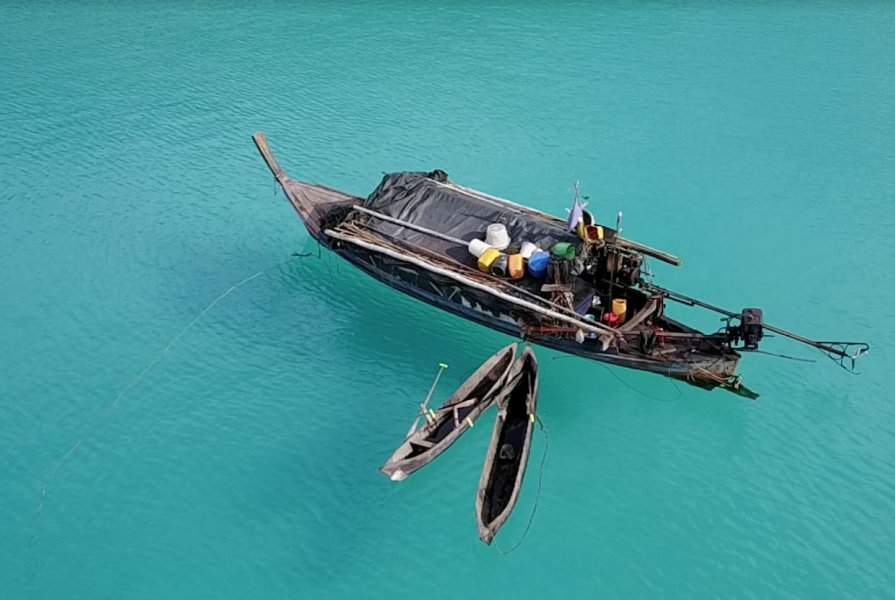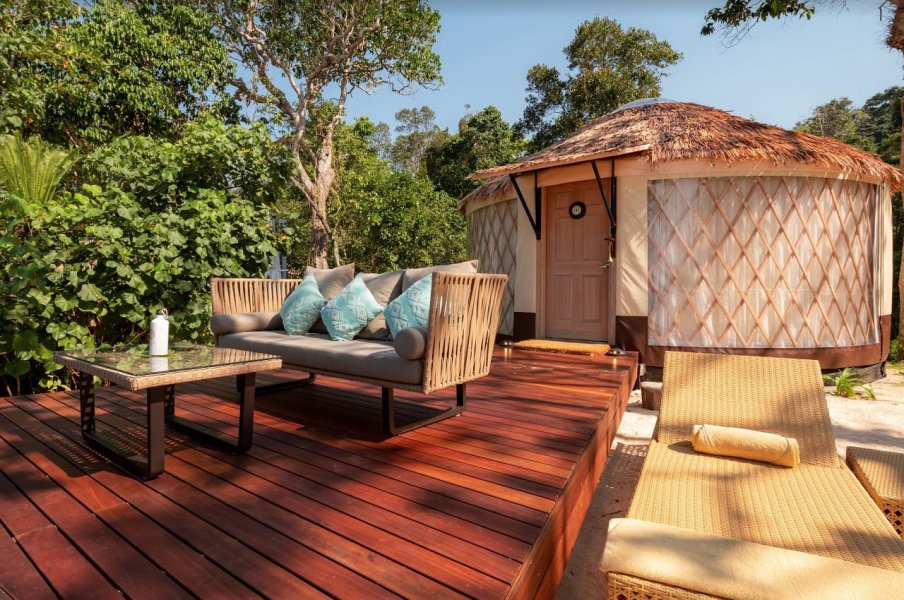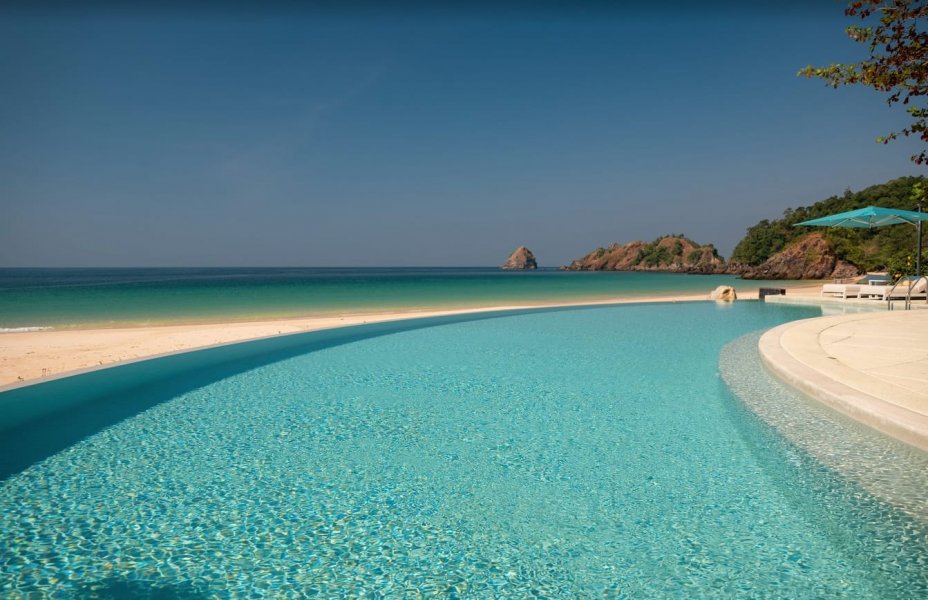Myanmar’s stunning Mergui Archipelago is an experiment in conservation
Play castaway in this untouched island paradise.
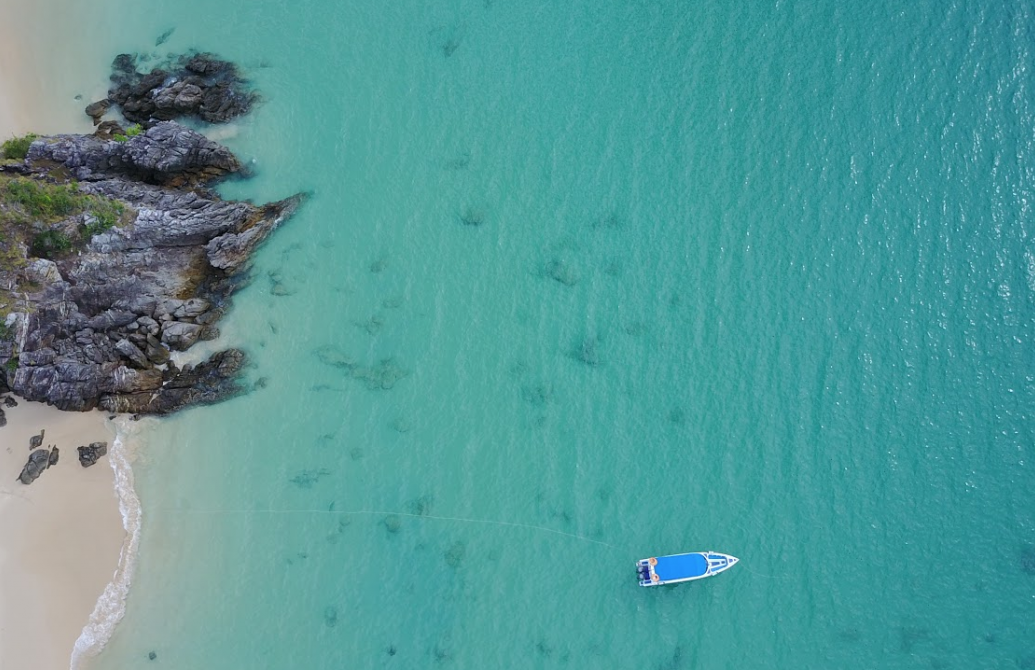
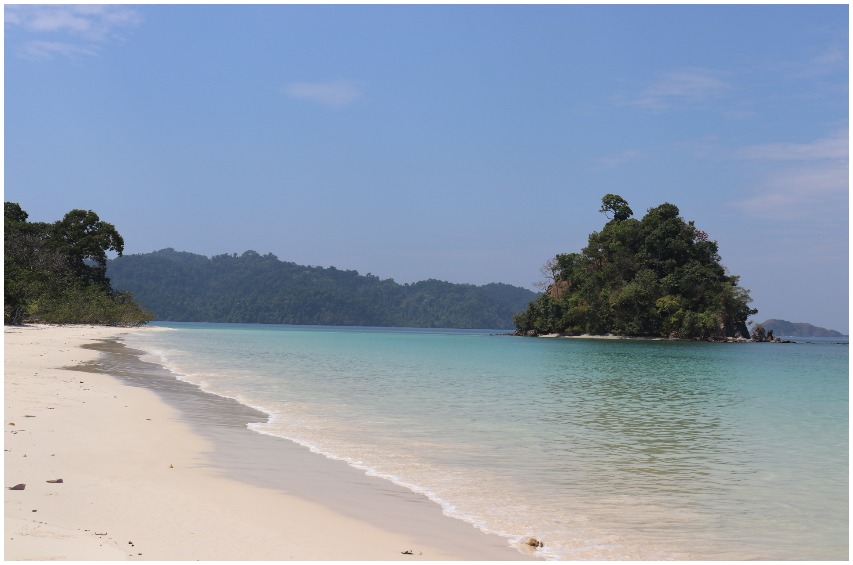
Made up of over 800 islets, Myanmar’s sprawling Mergui Archipelago may lie in the Andaman Sea, but it feels a million miles from the likes of Phuket and Koh Phi Phi. This is partly because it was closed off to foreign visitors until 1996, darkened by a military rule that still lingers in the archipelago’s off-limits army bases and continued restrictions placed on visitors. In recent years, the largely uninhabited islands have welcomed a treacly flow of resorts—yet to reach double figures—while boats sailing in the area are subject to prohibitively high fees, which have served to protect the area’s untouched beauty. As the red tape loosens, with talk of scrapping the fees, questions of how to prevent the archipelago from being swallowed up by tourism are bubbling.
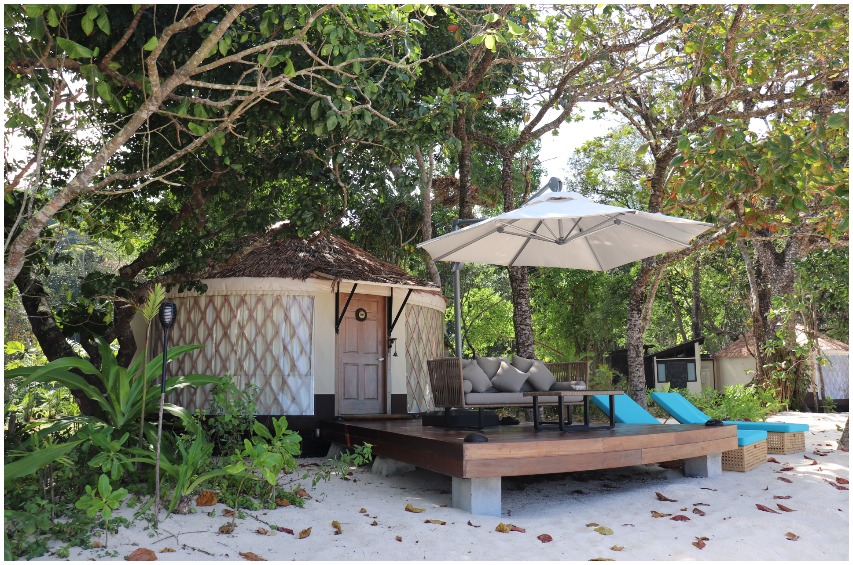
Paving the Way
Last year, the Mergui Archipelago only welcomed around 4,000 visitors; it is this slow growth that’s allowing resorts like Awei Pila to concentrate on a responsible approach to development. Located on the private Pila Island, the boutique resort is made up of 24 luxury beachfront yurts. In a bid to protect Pila’s pristine shores and pave the way to self-sustainability, Awei Pila collects and purifies rainwater and groundwater for drinking, utilizes shower water on the resort’s flower beds, gains electricity from solar panels—which they ultimately hope will account for 80 percent of their total power in the future—and is working on a waste management and recycling system that they plan to share with other resorts in the archipelago. A sizable on-site vegetable garden complete with a hydroponics system made out of recycled plastic bottles supplies the resort’s restaurant, while bricks for new buildings incorporate used glass bottles into the cement to further reduce waste.
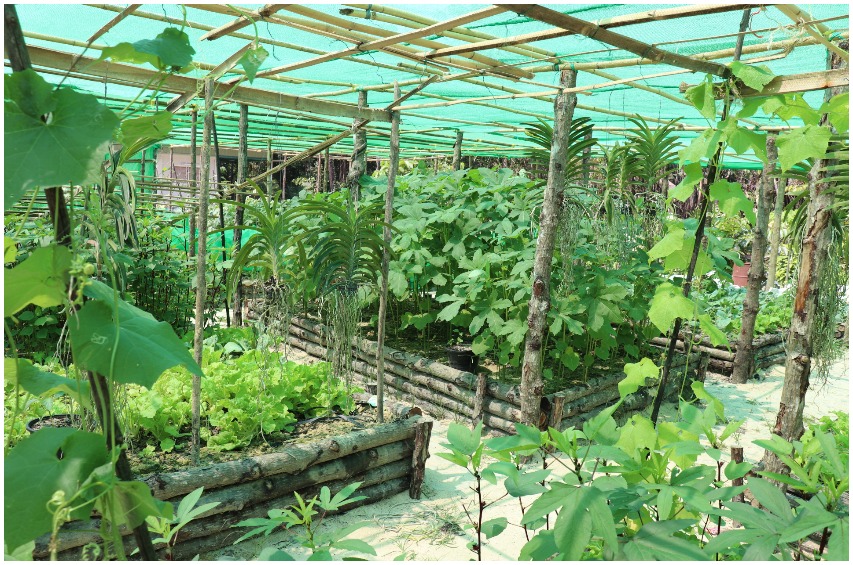
Coral Propagation
In a trailblazing move, the island’s owner recently ushered in Ocean Quest, a Sea Shepherd-affiliated environmental organization that’s on a mission to restore the world’s delicate underwater ecosystems. In the waters surrounding Pila Island, trained divers and volunteers collect fragments of living broken coral and glue them to dead coral substrates, which are then left to flourish in underwater nurseries. The coral from the nurseries is then used to rehabilitate damaged reefs around the island. With 74 conservation projects across Asia—including the successful one at Thailand’s famed Maya Bay—Ocean Quest set up close to 20 such coral propagation nurseries around Pila Island between September 2019 and March 2020, a number that they hope will reach 100 by the end of their four-year tenure.
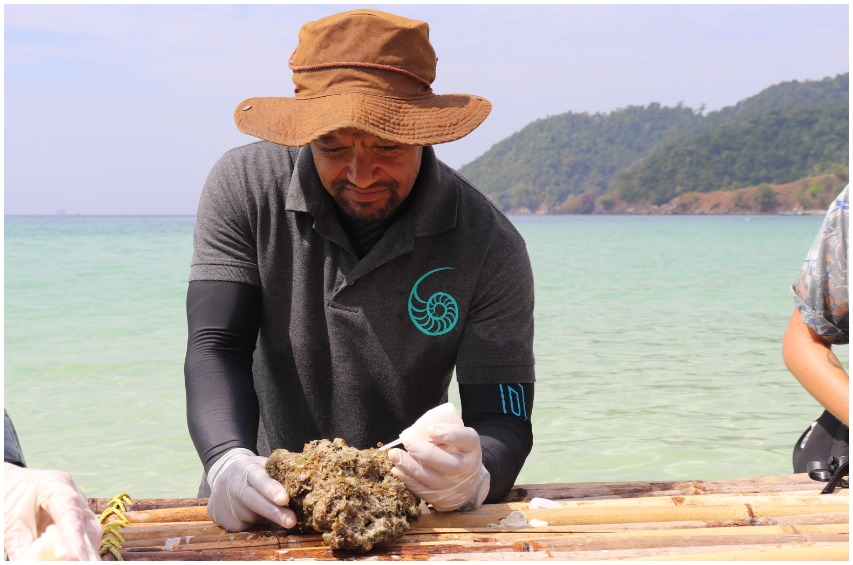
During this time, Ocean Quest will also monitor life on land—from medicinal plants to meerkats, mouse deer, snakes, birds, wild pigs and even two families of sea otters—while teaching locals the skills they need to continue the project after they leave. Visitors can get involved in the coral reef conservation project project with a visit to the nursery on Long Beach, or even sign up as official volunteers via the website. To check out life underwater, Awei Pila also has a qualified dive instructor on-site, who oversees everything from snorkeling trips to PADI advanced courses and night dives.
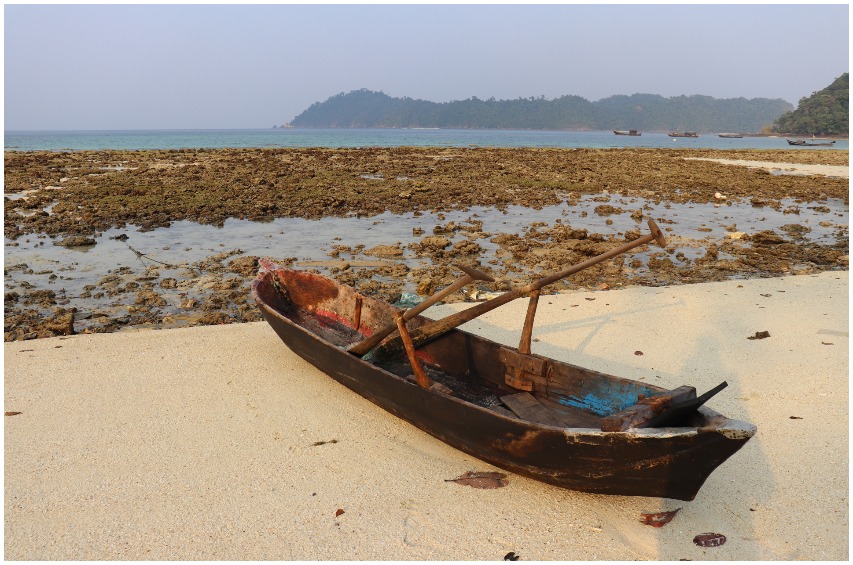
Village Life
Besides exploring the resort’s impressive grounds, lounging on the untouched beaches, and exploring life underwater, guests can take a short 40-minute hike through the forest to the other side of the island. Here resides a small settlement of semi-nomadic, seafaring Moken people, who trade their daily catch with the neighboring fishing village, who in turn supply the Italian head chef of Awei Pila’s impressive kitchen. You can take in this ruggedly beautiful side of the island from above at the village's hilltop golden pagoda, or stroll the shores where local children play among the Moken's moored traditional dugout boats. Of the Mergui’s estimated 3,000 stateless Moken, it is thought that around two-thirds have now settled on land, prompted by increasingly strict border controls between Thailand and Myanmar.
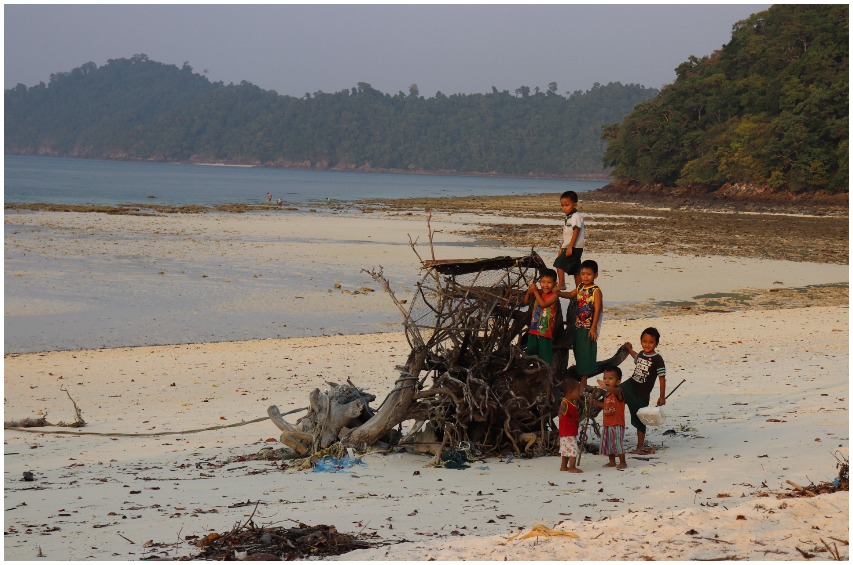
Getting There
To reach the Mergui Archipelago, you can fly to Ranong, Thailand, then take a longtail boat to the port town of Kawthaung, Myanmar. From there, a boat to Awei Pila takes around two hours. Note that traveling by land waives the free visa afforded to Thai nationals arriving by air; alternatively, you can save the US$50 fee by combining your trip with a visit to Yangon and flying to Kawthaung from there.
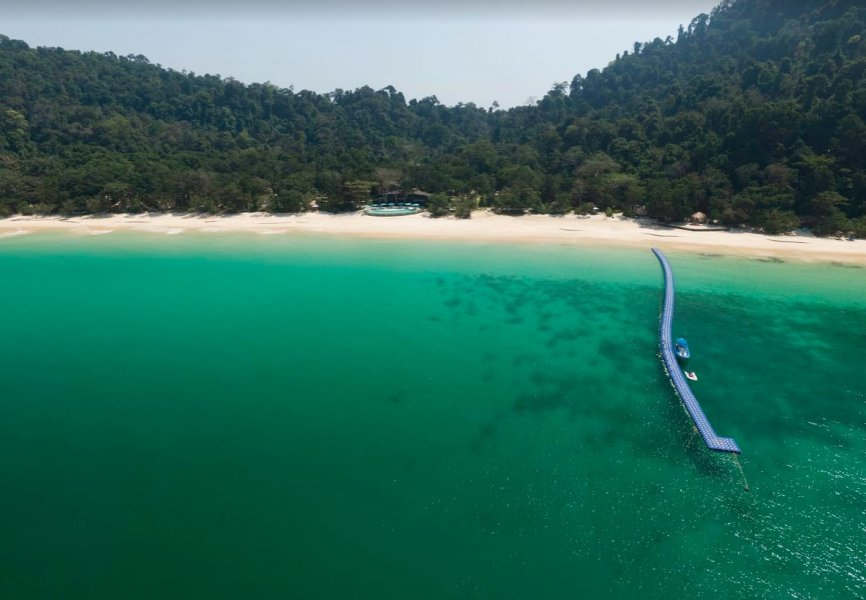
When to Visit
October to May is the best time to visit, since this is when the weather tends to be sunny and dry and the sea is most calm. During the low season, from June to September, the resort is closed. Rates start from around B18,500/night. Head to the website for more information and to book.
